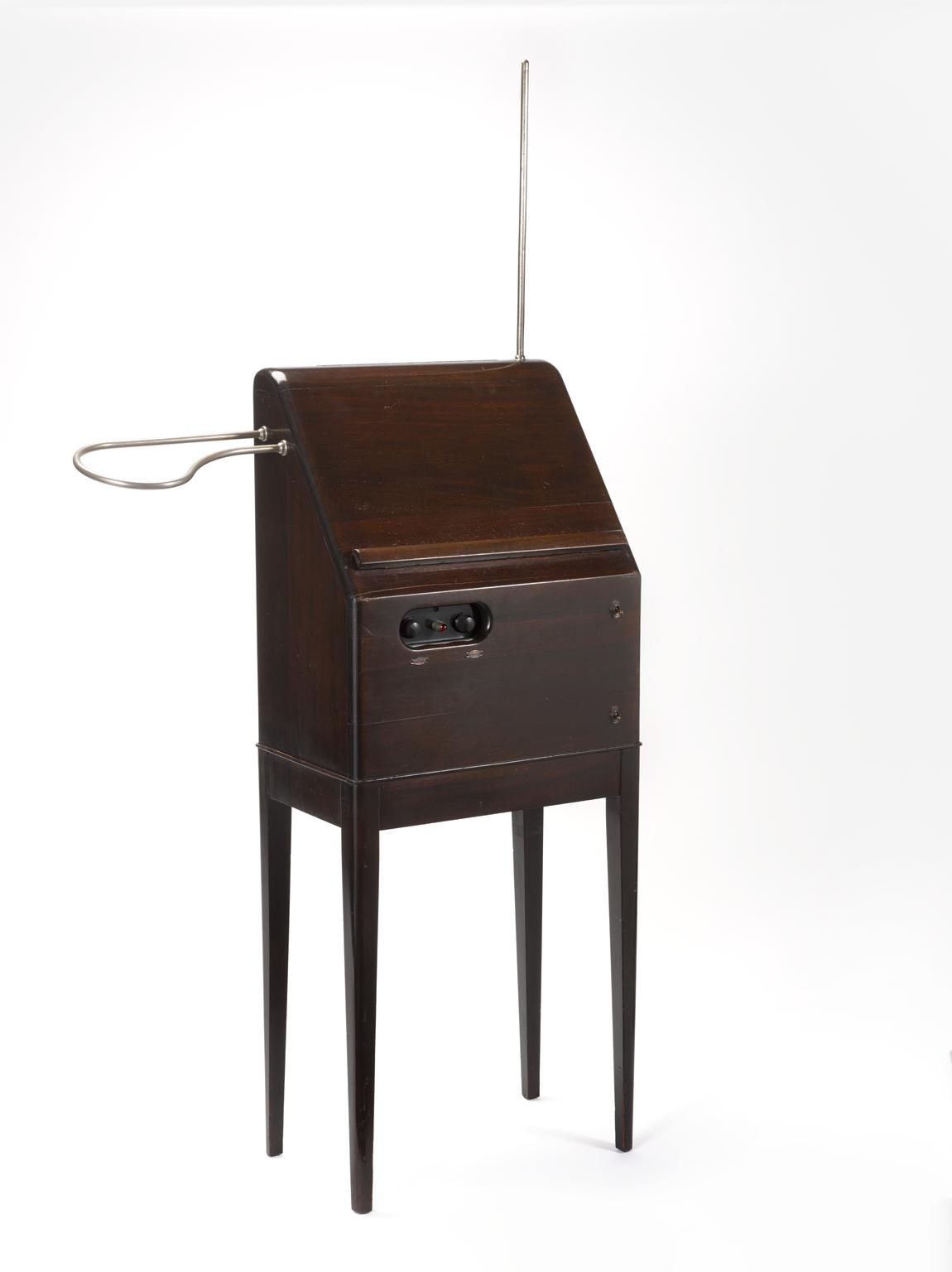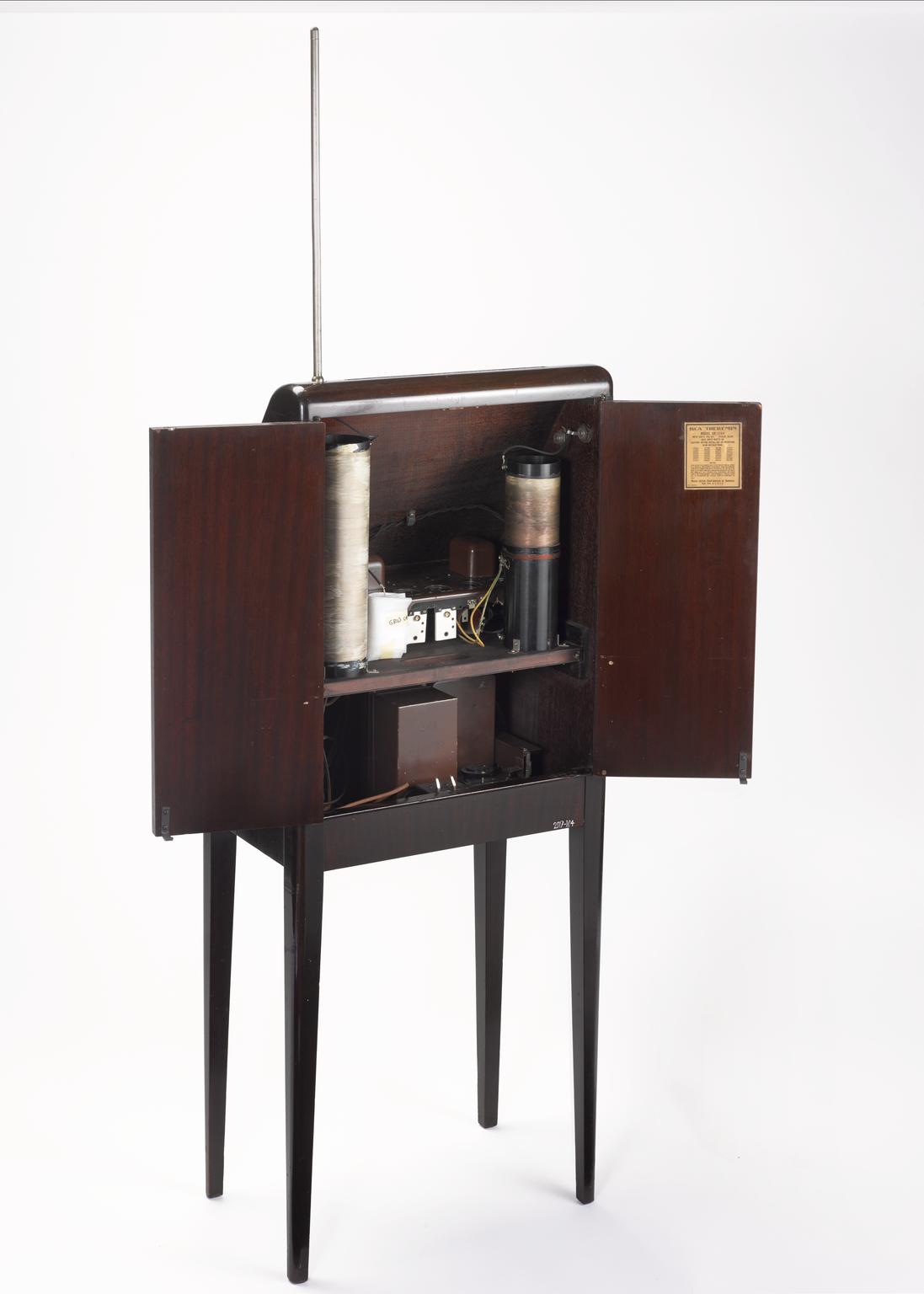[Most Recent Entries] [Calendar View]
Friday, July 9th, 2021
- Japanese Woodblock Prints
- Andy Warhol. Seven Illustrated Books 1952–1959
- Christo and Jeanne-Claude
- Kahlo
- Hokusai
- Hiroshige. One Hundred Famous Views of Edo
- Jean-Michel Basquiat
- The Rise of David Bowie. 1972–1973
- Salvador Dali Tarot
- Modern Art. A History from Impressionism to Today
- Van Gogh. The Complete Paintings
- Zaha Hadid. Complete Works 1979–Today
| Time | Event |
| 8:00a | Eastern Philosophy Explained: From the Buddha to Confucius and Haiku to the Tea Ceremony 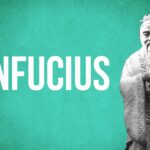 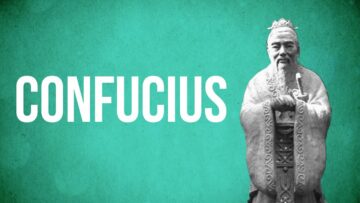 There was a time, not so long ago in human history, when practically no Westerners looked to the East for wisdom. But from our perspective today, this kind of philosophical seeking has been going on long enough to feel natural. When times get trying, you might turn to the Buddha, Lao Tzu, or even Confucius for wisdom as soon as you would to any other figure, no matter your culture of origin. And here in the 21st century, introductions to their thought lie closer than ever to hand: on The School of Life’s “Eastern philosophy” Youtube playlist, you’ll find primers on these influential sages and others besides, all playfully animated and narrated by Alain de Botton. De Botton himself has written on many subjects, but has found some of his greatest success in one particular area: presenting the work of writers and thinkers from bygone eras in a manner helpful to modern-day audiences. That his best-known books include The Consolations of Philosophy and How Proust Can Change Your Life suggests a personal inclination toward the Western, but throughout subsequent projects his purview has widened. With the School of Life’s Youtube channel he’s cast an especially wide cultural and intellectual net, which has pulled in not just the ideas of Plato, Kant, and Foucault but the principles of rock appreciation, kintsugi, and wu wei as well. Who among us couldn’t stand to cultivate a little more appreciation for rocks, or indeed for the other seemingly mundane elements of the world we pass our days ignoring? And surely we could all use a bit of the worldview behind kintsugi, the art of repairing broken pottery in such a way as to brilliantly highlight the cracks rather than hide them, or wu wei, a kind of flexibility of being comparable to slight drunkenness. If these concepts appeal to you, you can go slightly deeper with the School of Life’s introductions to such historical personages as Zen poet Matsuo Bash?, acknowledged as the master of haiku, and Sen no Riky?, who developed the Japanese “way of tea.” These would once have seemed unlikely subjects to interest people from the other side of the world; but as the popularity of these videos underscores, that era has passed. And as the School of Life expands, might it not find an even more robust audience of Easterners getting into Western philosophy? Watch nine videos here. Related Content: “The Philosophy of “Flow”: A Brief Introduction to Taoism In Basho’s Footsteps: Hiking the Narrow Road to the Deep North Three Centuries Later Buddhism 101: A Short Introductory Lecture by Jorge Luis Borges Wabi-Sabi: A Short Film on the Beauty of Traditional Japan Based in Seoul, Colin Marshall writes and broadcasts on cities, language, and culture. His projects include the Substack newsletter Books on Cities, the book The Stateless City: a Walk through 21st-Century Los Angeles and the video series The City in Cinema. Follow him on Twitter at @colinmarshall or on Facebook. Eastern Philosophy Explained: From the Buddha to Confucius and Haiku to the Tea Ceremony is a post from: Open Culture. Follow us on Facebook and Twitter, or get our Daily Email. And don't miss our big collections of Free Online Courses, Free Online Movies, Free eBooks, Free Audio Books, Free Foreign Language Lessons, and MOOCs. |
| 11:00a | Leon Theremin Advertises the First Commercial Production Run of His Revolutionary Electronic Instrument (1930) 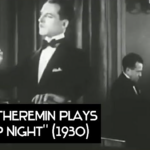 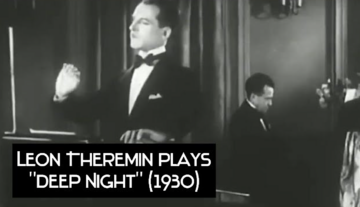
In the mid-twentieth century, the theremin — patented by its namesake inventor Leon Theremin (Lev Sergeyevich Termen) in 1928 — became something of a novelty, its sound associated with sci-fi and horror movies. This is unfortunate given its pedigree as the first electronic musical instrument, and the only musical instrument one plays without touching. Such facts alone were not enough to sell the theremin to its first potential players and listeners. The inventor and his protege Clara Rockmore realized they had proved the theremin was not only suitable for serious music but for the most beloved and well-known of compositions, a strategy not unlike the Moog synthesizer’s popularization on Wendy Carlos’ Switched on Bach.
Photo by Science Museum Group For Theremin and Rockmore, demonstrating the new instrument meant more than making records. When he arrived in the United States in 1928, the inventor had just wrapped a long European tour. He showed off his new musical device in the U.S. at the New York Philharmonic. “At first, Theremin’s instruments were limited to just a few that the inventor himself personally made,” notes RCATheremin. He then “trained a small group of musicians in the art of playing them.” The sound began to catch on with such popular musicians as crooner Rudy Vallée, “who developed such a fondness for the theremin,” writes Theremin player Charlie Draper, “that he commissioned his own custom instrument from Leon Theremin, and featured it in performances of his orchestra, The Connecticut Yankees.”
Photo by Science Museum Group In the same year that Vallée and Charles Henderson released their popular song “Deep Night,” Theremin granted production rights to the instrument to RCA, and the company produced a limited test run of 500 machines. As RCATheremin points out, these were hardly accessible to the average person:
The prohibitive price of the RCA Theremin would doom the design when the stock market crashed later that year. Other factors contributed to its demise, such as a “significant miscalculation on the part of RCA,” who encouraged “the perception that the theremin was easy to play.” Advertising copy claimed it involved “nothing more complicated than waving one’s hands in the air!” As masterful players, Theremin and Rockmore might have made it look easy, but as with any musical instrument, true skill on the therein requires talent and practice. To advertise the new commercial design by RCA, Theremin himself appeared in “the relatively new medium of sound film” in 1930, playing Henderson and Vallée’s “Deep Night” (top). Draper and pianist Paul Jackson recreate the moment just above, on a fully restored RCA theremin nicknamed “Electra.” Only around 136 of the RCA theremins survive, some of them made by Theremin himself and others by different engineers. They are now among the rarest electric devices of any kind. See one of them, serial number 100023, further up, a resident of the National Science and Media Museum in Bradford, UK, and learn much more about the rare RCA Theremins here. Related Content: Beethoven’s “Ode to Joy” Played With 167 Theremins Placed Inside Matryoshka Dolls in Japan Wendy Carlos Demonstrates the Moog Synthesizer on the BBC (1970) Josh Jones is a writer and musician based in Durham, NC. Follow him at @jdmagness. Leon Theremin Advertises the First Commercial Production Run of His Revolutionary Electronic Instrument (1930) is a post from: Open Culture. Follow us on Facebook and Twitter, or get our Daily Email. And don't miss our big collections of Free Online Courses, Free Online Movies, Free eBooks, Free Audio Books, Free Foreign Language Lessons, and MOOCs. |
| 2:00p | Hunter Thompson Explains What Gonzo Journalism Is, and How He Writes It (1975) 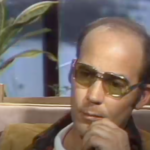 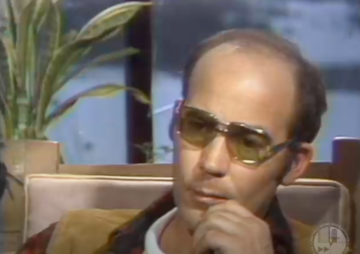 There’ve been any number of aspiring “gonzo journalists” over the past half-century, but there was only one Hunter S. Thompson. Having originated with his work in the early 1970s, this sense of gonzo made it into the Random House Dictionary within his lifetime. “Filled with bizarre or subjective ideas, commentary, or the like,” says its first definitions. And its second: “Crazy; eccentric.” Thompson seems to have approved, seeing as he kept a copy of this very edition, put on display at the Owl Farm Private Museum (run by the Gonzo Foundation) after his death in 2005. Thirty years earlier, he had the question put to him in the interview above: “What is gonzo journalism?” “That word has really plagued me,” Thompson says. But he also credits it with putting distance between himself and the recently ascendant “New Journalists” like Tom Wolfe, Gay Talese, and Joan Didion: “I wasn’t sure I was doing that, but I was sure I wasn’t doing what we call straight journalism.” Indeed, few pieces could have seemed less “straight” than “The Kentucky Derby Is Decadent and Depraved,” first published in Scanlan’s Monthly in 1970. Assembled in desperation out of pages pulled straight from Thompson’s notebook and illustrated by Ralph Steadman (the beginning of a long and fruitful collaboration), the piece struck some readers as a revelation. A friend of Thompson’s declared it “pure gonzo” — an unconventional name for an unconventional form. “Christ,” Thompson remembers thinking, “if I made a breakthrough, we’ve got to call it something.” Why not use a label with at least one instance of precedent? (It also appealed, he admits, to his inner “word freak.”) As for the substance of gonzo, he attributes to it “a mixture of humor and a high, stomping style, a bit more active than your normal journalism” — as well as whatever gets him past his innate hatred of writing. “All I can really get off on,” he says, is “when I can let my mind run. I start to laugh. I understand that Dickens used to laugh at his typewriter. I don’t laugh at my typewriter until I hit one of those what I consider pure gonzo breakthroughs. Then it’s worth it.” Published three years earlier, Thompson’s best-known book Fear and Loathing in Las Vegas marked the culmination of a particular writing project: “to eliminate the steps, or the blocks, between the writer and the page. That’s why I always get the fastest and newest typewriter. If they make one that costs twelve million dollars, I’ll write a bad check and get it for a while.” Regulating this signature gonzo directness is a rigorous stylistic discipline. “That’s the one book of mine that I’ve even read,” Thompson says, thanks to the “four or five rewrites” he performed on the manuscript. “There’s not a word in there — I mean, there might be fifteen or twenty, but that’s about all — that don’t have to be there.” Interviewing Thompson is veteran journalist Harrison Salisbury, the New York Times‘ Moscow bureau chief in the 1940s and 50s. He also wrote many books including The Shook-Up Generation, a 1958 study of juvenile delinquency (and a volume found in Marilyn Monroe’s personal library) that could have primed his interest in Thompson’s debut Hell’s Angels when it came out a decade later. Appear though he may to be the kind of establishment figure who’d have little enthusiasm for gonzo journalism, Salisbury’s questions suggest a thorough knowledge and understanding of Thompson’s work, right down to the “tension” that drives it. “It could be drug-induced, or adrenaline-induced, or time-induced,” Thompson says of that tension. “I’ve been told by at least one or two confident specialists that the kind of tension I maintain cannot be done for any length of time without… I’ll either melt or explode, one of the two.” Related Content: Read 9 Free Articles by Hunter S. Thompson That Span His Gonzo Journalist Career (1965-2005) “Gonzo” Defined by Hunter S. Thompson’s Personal Copy of the Random House Dictionary Hunter S. Thompson Talks with Keith Richards in a Very Memorable and Mumble-Filled Interview (1993) A Young Hunter S. Thompson Appears on the Classic TV Game Show, To Tell the Truth (1967) Based in Seoul, Colin Marshall writes and broadcasts on cities, language, and culture. His projects include the Substack newsletter Books on Cities, the book The Stateless City: a Walk through 21st-Century Los Angeles and the video series The City in Cinema. Follow him on Twitter at @colinmarshall or on Facebook. Hunter Thompson Explains What Gonzo Journalism Is, and How He Writes It (1975) is a post from: Open Culture. Follow us on Facebook and Twitter, or get our Daily Email. And don't miss our big collections of Free Online Courses, Free Online Movies, Free eBooks, Free Audio Books, Free Foreign Language Lessons, and MOOCs. |
| 6:03p | Taschen Art Books on Sale Until July 11th: Frida Kahlo, Andy Warhol, Salvador Dali & More (Up to 75% Off)  
FYI, from now until Sunday, the art book publisher Taschen is running a summer sale, letting you enjoy up to 75% off of hundreds of display copies of fine arts books–some of which we’ve featured here before. Some titles includes: Enter the sale here. Note that Taschen is a partner of ours. So if you purchase a book, it helps support Open Culture. Taschen Art Books on Sale Until July 11th: Frida Kahlo, Andy Warhol, Salvador Dali & More (Up to 75% Off) is a post from: Open Culture. Follow us on Facebook and Twitter, or get our Daily Email. And don't miss our big collections of Free Online Courses, Free Online Movies, Free eBooks, Free Audio Books, Free Foreign Language Lessons, and MOOCs. |
| << Previous Day |
2021/07/09 [Calendar] |
Next Day >> |






